Managing Wooded Backyard
carpenku
9 years ago
Featured Answer
Sort by:Oldest
Comments (55)
carpenku
8 years agocarpenku
8 years agoRelated Discussions
in backyard near woods
Comments (3)This or a similar grape fern appeared in my lawn a few years ago. I transplanted it to a nearby bed. They only have one leafy frond at a time -- but a couple of years ago, when some creature ate the frond, the plant grew another. Here is a map which shows the counties where various species of Botrychium are supposed to live (any color except dark green, tan, or gray; dark green simply means it's been found somewhere else in the state; there's a link to a color key at the top left). http://bonap.net/NAPA/TaxonMaps/Genus/County/Botrychium My grape fern may or may not be Sceptridium dissectum, formerly classed as Botrychium dissectum. Here are the county maps for the Sceptridiums, which are much more common in the South than Botrychiums are: http://bonap.net/NAPA/TaxonMaps/Genus/County/Sceptridium Here's some info about S. dissectum; the final photo shows a subspecies, which has a leaf-form more like your fern: http://www.ct-botanical-society.org/ferns/botrychiumdiss.html...See MoreNatives/ideas for wooded backyard
Comments (10)I think Nearly Native Nursery in Fayetteville would have a lot of what you're interested in. They are closed for most of the month but will reopen after February 25th. I'll link their website below. They have azaleas and viburnums. I also found a couple of 3 gallon native azaleas at Home Depot last year (they had sweetshrub too, including the 'Athens' cultivar). Lazy K is near Callaway Gardens in Pine Mountain, Georgia, by the way. I would not be surprised to find that Nearly Native gets their azaleas from Lazy K, many places do. Nearly Native also lists a couple of lesser known native evergreen shrubs: Dirca palustris and Osmanthus americanus. Check on wax myrtles too. I really like Illicium floridanum, but it can handle only morning sun. You can get some viburnums this weekend at the GNPS Symposium on Saturday. There will be a few there to tie in with the presentation on native viburnums. Suggestions for other sun perennials: Asclepias tuberosa (or other Asclepias, known as butterfly weed), Penstemon digitalis (beardtongue), Goldenrod (Solidago 'Fireworks' is a good one), Verbena canadensis 'Homestead Purple' (more of a ground cover), Mouse eyed coreopsis ('Nana') is a good performer. Here is a link that might be useful: Nearly Native nursery...See MoreCrazy, Hippie, Untamed, Wooded Back Yard?
Comments (33)Same here, +om. Dumb phone here that I hardly use or carry. My wife answers the phone in the house as I'm usually outside. I just have an old Canon point and shoot camera that is far out of date and manage a picture or two. ;-) No bird baths or feeders here also, because of the ponds I dug with a bulldozer years ago. Feeders also concentrate the birds for other bird predators. Some 'Birders' have platform feeders just for that purpose so they can watch and photograph the predators in action. I see enough of that naturally. I'm building a giant bonsai, miniature old growth sub-alpine forest, on a windy, rocky ridge. Whew! It still needs some work....always does. (It's not work, it's play!) Sedums and other small scale groundcovers are going to be added. The azalea will be pruned to look like a small deciduous tree. Going small scale enables a lot more interest in a limited area......and me with 10 acres. What am I thinking? Sure wasn't along the lines of a perennial cottage garden. Mike...See MoreWooded Backyard Advice
Comments (8)I can't see how dwarf mondo as an "edge" is going to help you. It seems like you would want a solid groundcover for the large shade area and its edge would be THE edge, without a need for any other plant. It's going to be impossible to keep dwarf mondo out of the lawn or out of whatever other groundcover you use. Groundcover for a fairly large area seems to be one of the big "Chinese puzzles" of the landscape industry. Everybody hates an aggressive groundcover, but it takes one with some aggressiveness if it is going to hold up and spread without costing a fortune. It seems to be a general truth in life that cheap and easy solutions end up costing more in maintenance and bother over the long haul, whereas solutions that cost more up front, endure longer with fewer problems. A general truth about groundcover in particular is that if bordering neighbors are already using a certain type, it's best to use that same type, so long as it is adequately doing the job. If using a different type along common borders, it would be very difficult to keep them from mixing, and consequently looking somewhat messy. The easiest solution, of course, is just a thick layer of mulch. But the disadvantages are that it requires periodic replenishment ($) and, as you've noticed, it doesn't hold up to hard "washing." Another is that it doesn't look near as good as an "upholstered" layer of green living "fabric." Take a look around your neighborhood/town and see what other people are using in similar circumstances, and evaluate its look and performance according to your needs. That's probably the best place to start. Since you've fairly recently cleared the area of weeds and poison ivy, there is one advantage to keeping the area clear or just mulch only for one season ... because you can easily see, and eradicate with herbicide or digging, any weeds that return from roots or seeds, buying time for planning....See Moreromeisburning
8 years agoromeisburning
8 years agos8us89ds
8 years agolast modified: 8 years agoromeisburning
8 years agos8us89ds
8 years agoromeisburning
8 years agos8us89ds
8 years agoromeisburning
8 years agoromeisburning
8 years agos8us89ds
8 years agoromeisburning
8 years agocarpenku
8 years agoromeisburning
8 years agos8us89ds
8 years agocarpenku
8 years agoromeisburning
8 years agoromeisburning
8 years agos8us89ds
8 years agolast modified: 8 years agoromeisburning
8 years agowisconsitom
8 years agoromeisburning
8 years agos8us89ds
8 years agoromeisburning
8 years agoalliedesigns17
7 years agos8us89ds
7 years agocearbhaill (zone 6b Eastern Kentucky)
7 years agoalliedesigns17
7 years agos8us89ds
7 years agoalliedesigns17
7 years agoliebenswert
7 years agolast modified: 7 years agos8us89ds
7 years agolast modified: 7 years agoalliedesigns17
7 years agopoaky1
7 years agoliebenswert
7 years agoliebenswert
7 years agolast modified: 7 years agocearbhaill (zone 6b Eastern Kentucky)
7 years agoliebenswert
7 years agopoaky1
7 years agoAnnKH
7 years agoromeisburning
7 years agopoaky1
7 years agolast modified: 7 years agoliebenswert
7 years agoromeisburning
7 years agopoaky1
7 years agoNancy Li
6 years agopoaky1
6 years agoSharon
6 years agopoaky1
6 years ago
Related Stories
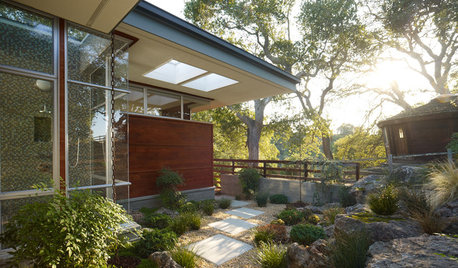
LANDSCAPE DESIGNSoak It Up: How to Manage Stormwater in Your Landscape
Permeable paving, gravel beds and planted areas in your yard can absorb and cleanse stormwater runoff. Here's how it works
Full Story
LANDSCAPE DESIGNLandscaping Tricks to Manage Stormwater Runoff
Help rainwater absorb slowly back into the earth with paving grids, gravel beds and other porous systems
Full Story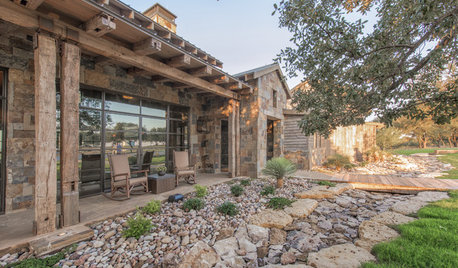
LANDSCAPE DESIGNTo Manage Stormwater Sustainably, Understand Your Site
Follow this guide to learn how water moves through your landscape and how best to manage it
Full Story
WORKING WITH PROSA Beginner’s Guide to Managing a Remodel
How do you make your design dream a reality? Here’s some project management know-how to help you work with your designer
Full Story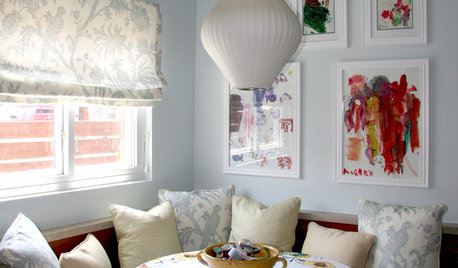
KIDS’ SPACESControl Kid Stuff the Sane Way — Artwork-Managing Strategies
Enlist your child's help in managing creative piles to set the stage for good habits and make organizing easier on you
Full Story
BUDGET DECORATINGEasy, Beautiful, Cheap: Managing the 3 Points of Home Projects
When you're decorating or building, it helps to be realistic about what's possible. Here are some equations to ponder
Full Story
DECORATING GUIDES9 Tips for Managing Your Own Decorating Project
Keep shopping and decorating on track with this wisdom tailor made for DIYers
Full Story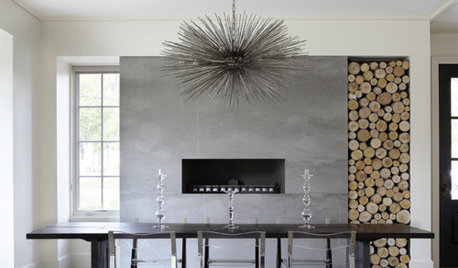
STORAGEStylish Wood Storage for Contemporary Spaces
Go with a good-looking grain for your home by using wood logs indoors as an architectural or artistic feature
Full Story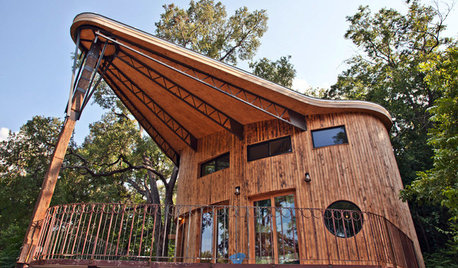
HOUZZ TOURSMy Houzz: A Reclaimed Wood House Rises From the Trees
Scorched siding, thoughtfully repurposed furnishings and a connection to both family and nature shine in this designer's new build
Full Story
MOST POPULARHow to Add a Backyard Shed for Storage or Living
Need a home office, a playspace or extra room for your stuff? Learn about off-the-shelf, prefab and custom sheds
Full StorySponsored
More Discussions



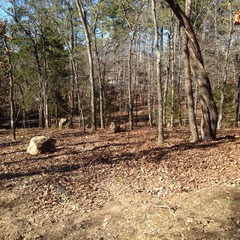
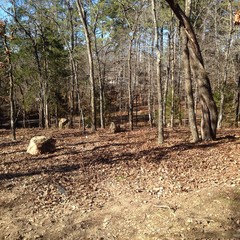
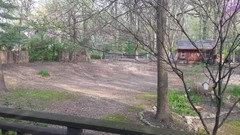
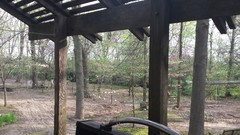
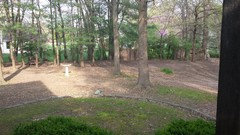
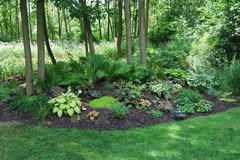
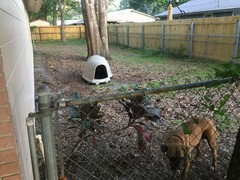
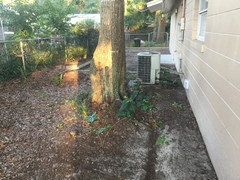
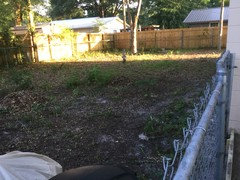
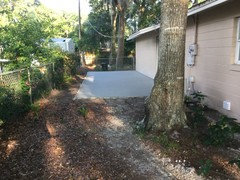
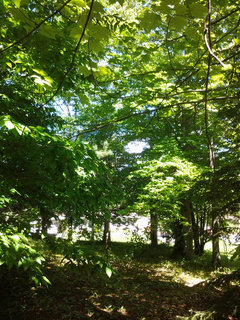

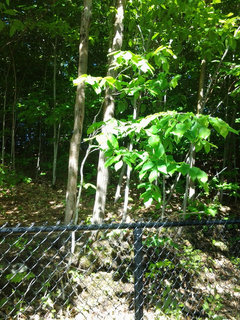

romeisburning